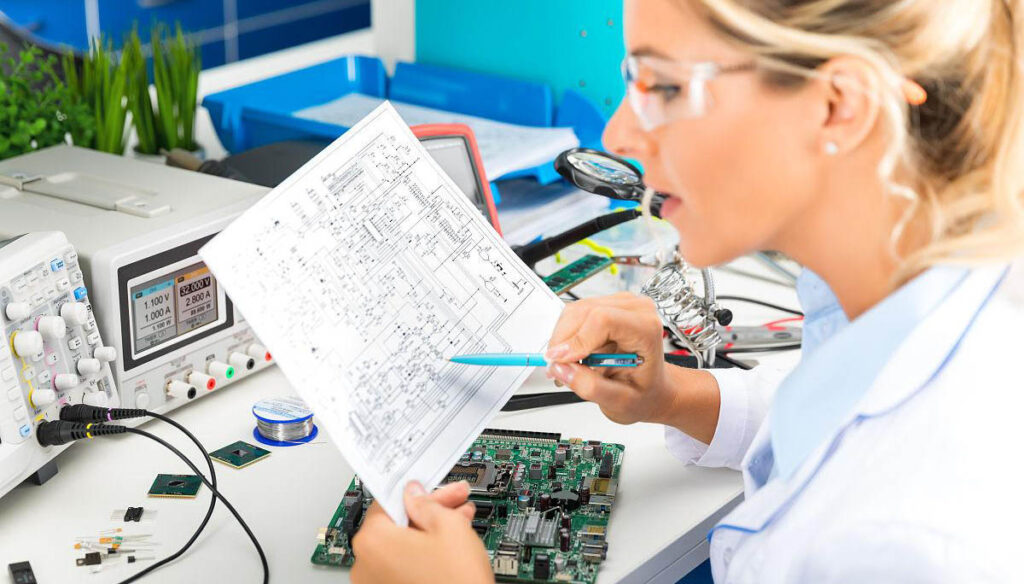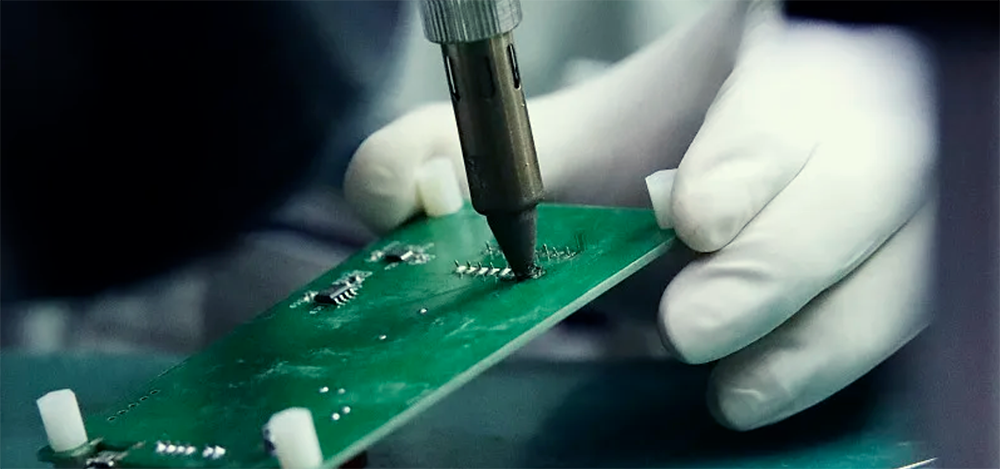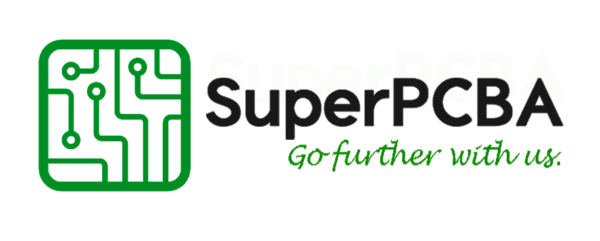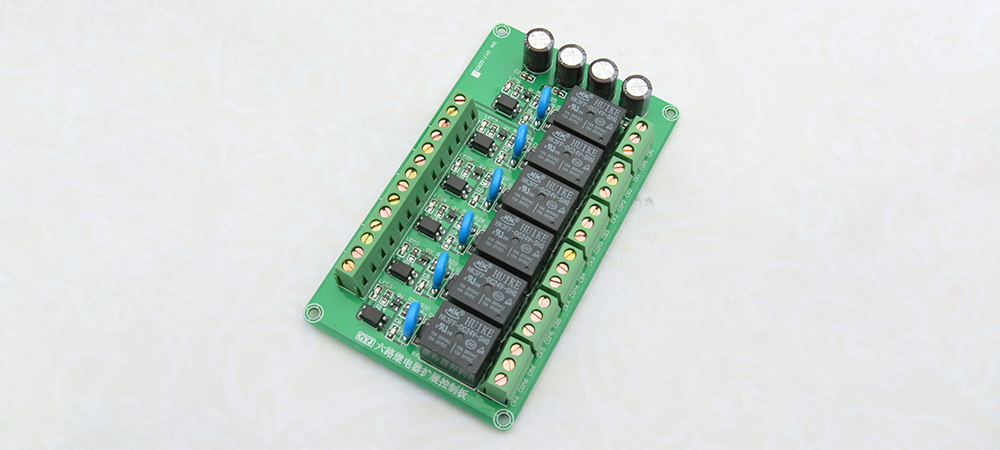In modern electronic devices, control boards serve as the core components that enable complex functionalities. Relays, as essential elements on these control boards, play a key role that goes beyond merely acting as switch components. They are crucial for ensuring the stable operation of equipment. This article will take the perspective of a control board assembly engineer and delve into the basic principles, selection criteria, installation layout, testing, and maintenance of relays, helping readers gain a comprehensive understanding of how relays are applied in control boards. Today, we will focus on relay troubleshooting and maintenance to highlight their importance in control board design and manufacturing.
Relay Troubleshooting and Maintenance
1. Common Failure Types:

Contact Fusion:
Symptoms: The relay contacts cannot separate, preventing the circuit from breaking, and causing the equipment to keep running.
Causes: This typically occurs when the current flowing through the contacts exceeds the relay’s rated capacity, or when oxidation or severe contamination of the contact surfaces increases contact resistance, leading to overheating.
Coil Burnout:
Symptoms: The relay does not activate, the coil is unresponsive, or there may be a burnt smell or visible damage.
Causes: Possible reasons include excessive voltage, prolonged energization, overheating of the coil, or short circuits within the coil.
Unstable Operation:
Symptoms: The relay operates unpredictably, which can result in erratic switching, delayed responses, or no activation at all.
Causes: This may be due to electromagnetic interference (EMI), unstable control signals, internal mechanical wear, loose components, or aging of the coil or contacts.
Contact Oxidation:
Symptoms: When the relay activates, the circuit fails to conduct, or increased resistance leads to a voltage drop.
Causes: Long-term exposure of the contacts to humid or polluted environments, leading to oxidation or contamination.
2. Troubleshooting Methods:

Contact Fusion Troubleshooting:
Solution: First, disconnect the power supply and use insulated tools to attempt to separate the fused contacts. If the fusion is severe, you may need to replace the relay or the contacts. Regular inspection of contact conditions and keeping the contacts clean is critical to preventing overload operation.
Prevention: Implement overcurrent protection devices such as fuses or circuit breakers in the circuit design to prevent contact overload. Ensure the relay selected has a current rating suitable for high-current applications.
Coil Burnout Troubleshooting:
Solution: Verify whether the coil voltage is within its rated range. If the voltage exceeds the limit, adjust the power supply voltage or replace it with a suitable power source. A burnt coil necessitates replacing the entire relay.
Prevention: Include current-limiting resistors in the circuit design to ensure the coil current stays within a safe range. Avoid prolonged energization unless using relays designed for continuous operation.
Unstable Operation Troubleshooting:
Solution: Check if the power supply to the relay is stable, eliminating power fluctuations or noise interference. Tighten any mechanical parts of the relay, and replace any damaged components if necessary.
Prevention: Add filters to power and control lines to reduce EMI interference. Conduct regular inspections to ensure the reliability of the mechanical components.
Contact Oxidation Troubleshooting:
Solution: Use a specialized contact cleaner to clean the oxidized contacts. If oxidation is severe, replace the contacts or the entire relay. Applying appropriate contact lubricants can help minimize oxidation.
Prevention: In relay design, consider incorporating sealing structures to reduce environmental exposure to the contacts. In high-humidity environments, choose relays with anti-oxidation coatings or sealed relay units.
3 Maintenance Recommendations:

- Routine Inspection and Maintenance: Regularly check the status of the relay contacts, coils, and other components, especially in high-load or harsh environments.
- Environmental Control: Where possible, ensure that the relay operates in a clean, dry environment to avoid contamination and moisture-induced degradation.
- Preventative Replacement: For relays used in high-frequency operations, consider preventative replacement after a certain service period to avoid failures caused by aging or wear.
By understanding common failure types and applying effective troubleshooting methods combined with regular maintenance, the reliability of relays can be significantly improved, ensuring stable operation of control boards.
Conclusion
In summary, relays play an essential role in control board design and manufacturing, and every aspect of their use impacts the performance and reliability of the board. As technology advances, relays continue to evolve, offering more intelligent and efficient solutions. For control board engineers, mastering relay usage techniques and staying updated with the latest trends not only helps improve product quality but also extends the lifespan of the equipment, delivering superior solutions to customers.



